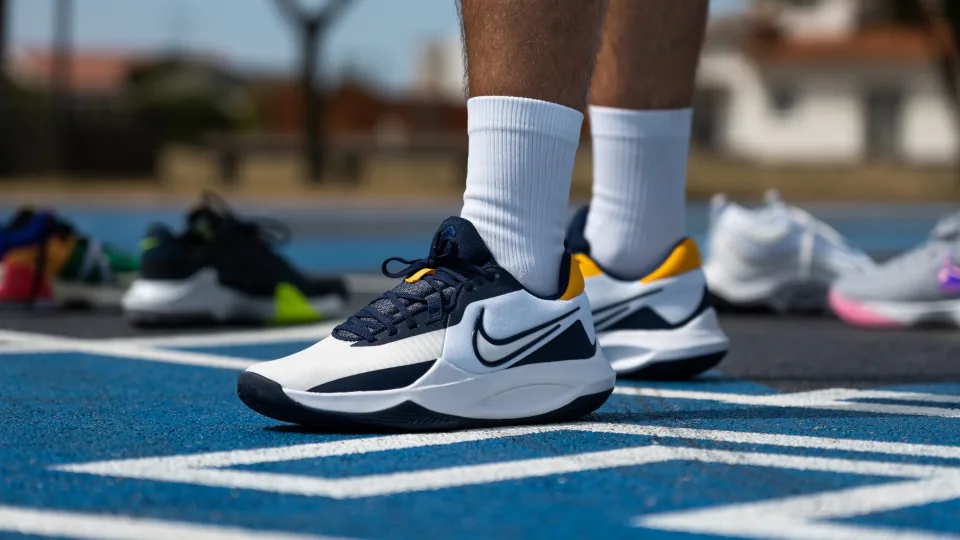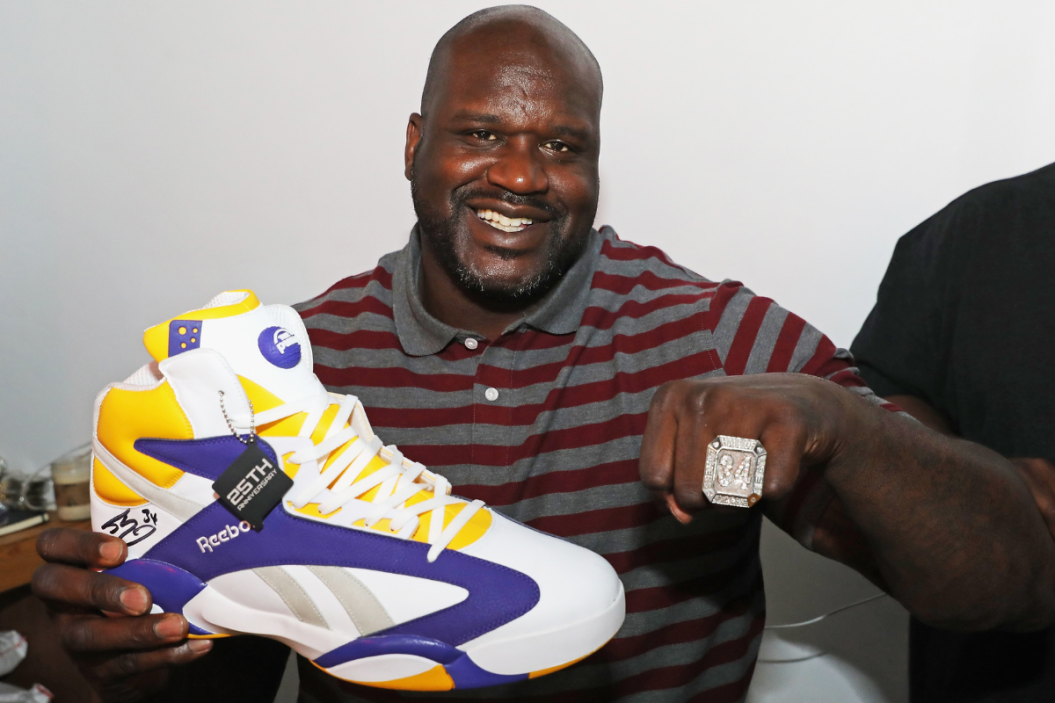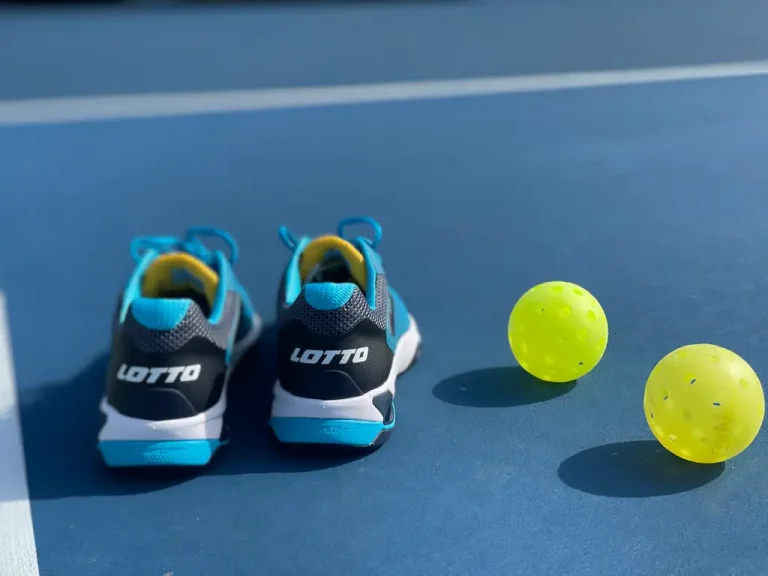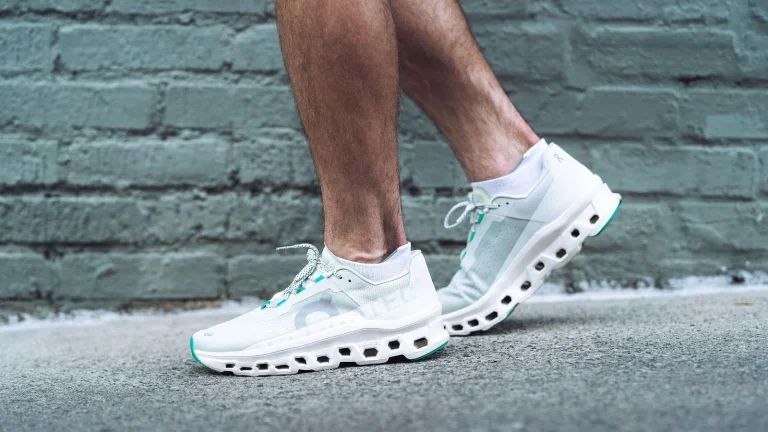Grip vs Overgrip Of Tennis Racquet
In the world of sports equipment, having the right grip vs overgrip can make a significant difference in performance. Whether you’re playing tennis, golf, baseball, or badminton, the grip on your equipment plays a crucial role in your ability to control the game.
When it comes to grips, there are two main options to consider: grip vs overgrip. In this blog post, we will explore the differences between these two and help you understand which one might be the best fit for your needs.
Choosing between grip vs overgrip depends on several factors, including comfort, durability, moisture absorption, and grip control. Each option has its advantages and considerations, which we will explore in detail throughout this blog post.
What Is the Grip?

The grip is the material that covers the handle or grip area of sports equipment like tennis rackets, golf clubs, or baseball bats. It’s important because it gives athletes a comfortable and secure hold, allowing them to maintain control and accuracy during their game.
Grips can be made from materials like leather, rubber, or silicone, each offering different levels of comfort and durability. Having a good grip is crucial for athletes as it prevents their equipment from slipping and helps them execute their movements effectively. In summary, the grip is the covering material that provides athletes with a firm and reliable hold on their sports equipment.
Read More: What To Wear For a Tennis Match?
Read More: Why Do Tennis Players Bounce The Ball Before Serving?
What Is Overgrip?
Overgrip is an additional layer that can be applied on top of the existing grip of sports equipment like tennis rackets, golf clubs, or badminton racquets. It serves to enhance the grip’s performance and provide additional benefits.
Overgrip helps improve grip control, absorbs sweat to prevent slippage, and protects the underlying grip from wear and tear. It comes in different materials, such as tacky, dry, or cushioned options, allowing athletes to choose based on their preferences. By using overgrip, athletes can customize their grip feel, maintain a secure hold, and prolong the lifespan of their equipment’s original grip.

Do the Pros Use Overgrip?
Yes, many professional athletes across various sports use overgrip on their equipment. Overgrip offers several advantages that can benefit professional athletes in their performance.
Overgrip enhances grip control, allowing athletes to have a more secure hold on their equipment. This is particularly important in sports like tennis, golf, or badminton, where precise control and accuracy are crucial.
Overgrip helps absorb sweat and moisture, preventing the hands from becoming slippery during intense gameplay. This is especially beneficial in sports that require a lot of physical exertion, as it helps maintain a consistent grip and reduces the risk of the equipment slipping out of the athlete’s hands.
Overgrip provides an extra layer of protection for the underlying grip, extending its lifespan and reducing the need for frequent replacements. This can be cost-effective for professional athletes who heavily rely on their equipment and want to maximize its durability.
The use of overgrip is common among professional athletes as it offers improved grip control, sweat absorption, and protection for their equipment’s grip.
How to Apply Overgrip to Your Racket
Applying overgrip to your racket is a simple process that can be done following these steps:
Prepare your racket
Ensure that your racket handle is clean and free from any dirt or debris. If there is an existing grip, you may need to remove it before applying the overgrip.
Unroll the overgrip
Start by unrolling the overgrip from the packaging. Locate the tapered end of the overgrip, which is usually marked with a sticker or a different color.
Align the overgrip
Position the tapered end of the overgrip at the bottom of the racket handle, just above the butt cap. Make sure the overgrip is aligned straight along the handle.
Begin wrapping
Hold the tapered end of the overgrip firmly against the handle and start wrapping it around the handle in a tight and overlapping manner. Each wrap should slightly overlap the previous one, ensuring a secure and even grip.
Secure the end
Once you reach the top of the handle, secure the end of the overgrip by using the adhesive strip or tape that is usually provided with the overgrip. Make sure it is firmly attached to prevent unraveling.
Trim excess overgrip
If there is any excess overgrip at the top of the handle, carefully trim it using scissors or a sharp knife. Be cautious not to cut into the underlying grip or the overgrip itself.
Finishing touches
After applying the overgrip, take a moment to smooth out any wrinkles or uneven areas by gently rubbing your hand along the handle. This will ensure a comfortable and uniform grip.
By following these steps, you can successfully apply overgrip to your racket, enhancing your grip and overall playing experience. Remember to replace the overgrip periodically, as it may wear out over time and lose its effectiveness.
How to Apply a Replacement Grip
Applying a replacement grip to your sports equipment, such as a tennis racket or a golf club, is a straightforward process. Here’s a step-by-step guide to help you:
Prepare your equipment
Ensure that the handle of your sports equipment is clean and free from any dirt or residue. If there is an existing grip, carefully remove it by peeling it off or cutting it away.
Unroll the replacement grip
Unroll the replacement grip from its packaging, making sure to locate the tapered end. This end is usually marked with a sticker or a different color.
Align the grip
Position the tapered end of the replacement grip at the bottom of the handle, just above the butt cap. Align it straight along the handle, ensuring that it covers the entire length.
Start wrapping
Hold the tapered end of the replacement grip firmly against the handle and begin wrapping it around in a tight and overlapping manner. Each wrap should slightly overlap the previous one, ensuring a secure and even grip.
Trim excess grip
If there is any excess grip at the top of the handle, carefully trim it using scissors or a sharp knife. Be cautious not to cut into the underlying grip or the replacement grip itself.
Finishing touches
After applying the replacement grip, take a moment to smooth out any wrinkles or uneven areas by gently rubbing your hand along the handle. This will ensure a comfortable and uniform grip.
By following these steps, you can successfully apply a replacement grip to your sports equipment, providing you with a fresh and reliable grip for your game. Remember to replace the grip periodically, as it may wear out over time and affect your performance.
Are There Rules About Grip and Overgrip?
Yes, there are rules and regulations regarding grip and overgrip in certain sports. These rules are put in place to ensure fair play and maintain consistency among players. Here are some examples In tennis, there are rules regarding the thickness and material of the grip.
The International Tennis Federation (ITF) specifies that the grip size should not exceed a certain thickness to maintain fairness. However, there are no specific rules regarding overgrip, allowing players to use it as long as it does not exceed the maximum grip size.
It’s important for athletes to familiarize themselves with the rules and regulations of their specific sport to ensure compliance. While grip and overgrip are generally allowed, it’s essential to adhere to any guidelines regarding grip size, material, or alterations to equipment.

Conclusion
Understanding the differences between grip and overgrip is essential for athletes looking to optimize their performance in various sports. The grip, which is the material covering the handle of sports equipment, provides a comfortable and secure hold. It plays a crucial role in maintaining control and precision during gameplay.
Grips can be made from different materials, each offering unique characteristics such as comfort, durability, and moisture absorption.












